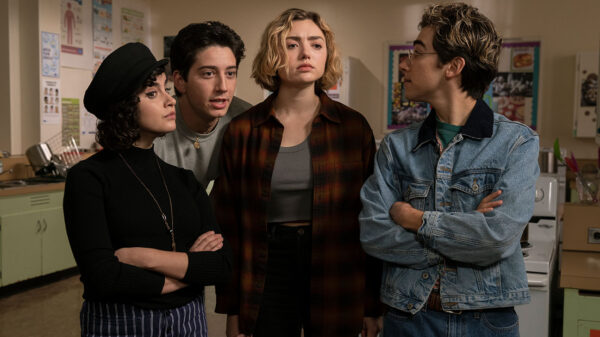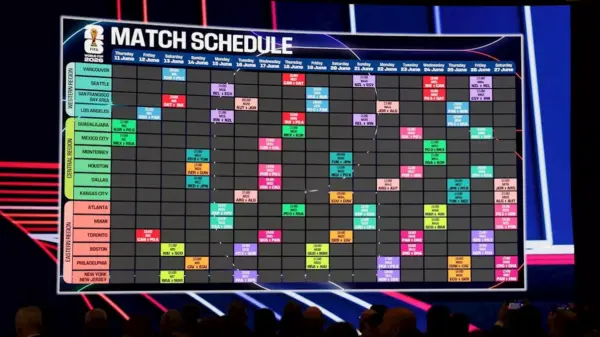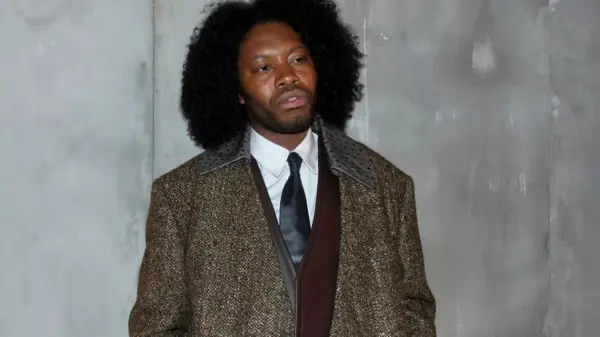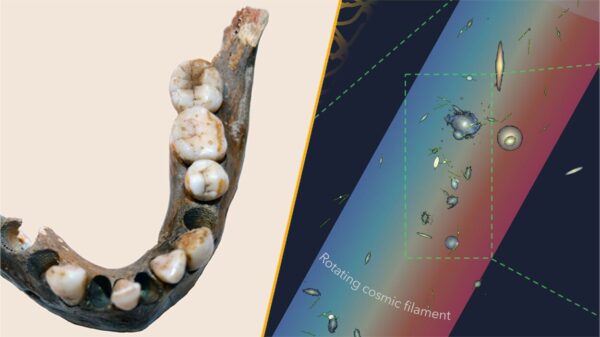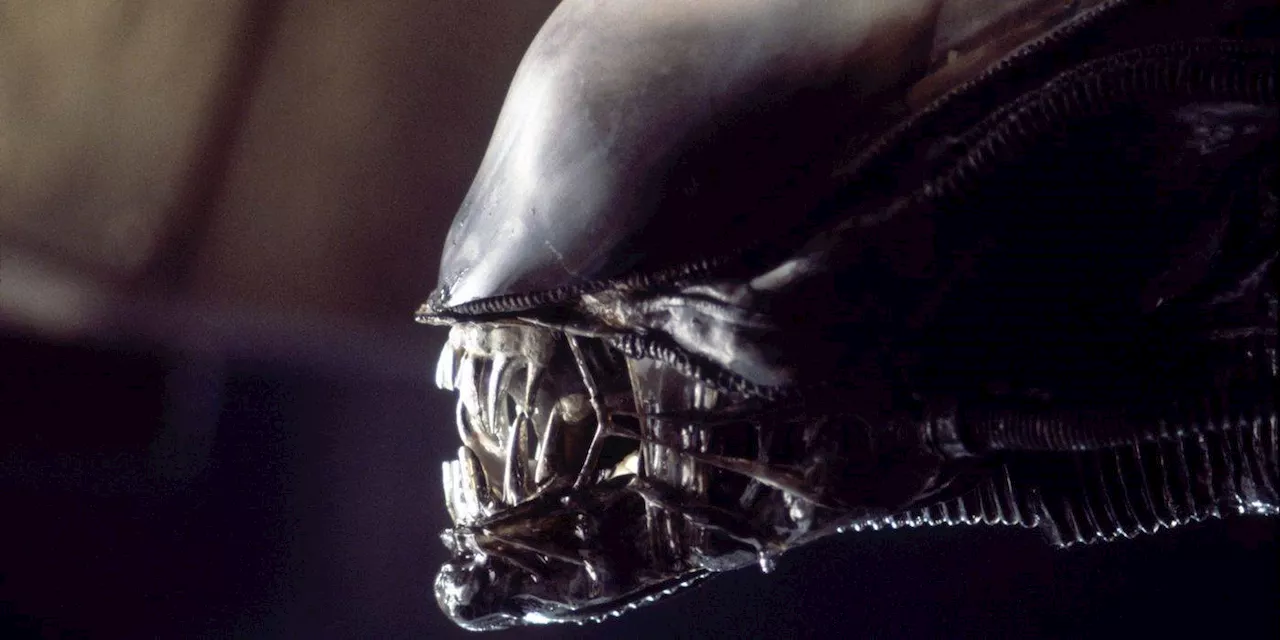The Alien franchise, a cornerstone of science fiction cinema, has captivated audiences since its inception in 1979. While many fans regard Ellen Ripley, portrayed by Sigourney Weaver, as the series’ central figure, a deeper analysis reveals that the true emotional core lies within the ensemble cast that surrounds her. This article explores how the supporting characters, particularly in the films directed by James Cameron, significantly contribute to the narrative’s depth and resonance.
Understanding the Ensemble’s Role
In Aliens (1986), the sequel to the original Alien, Ripley is not alone in her battle against the xenomorphs. She is joined by a group of marines, each with distinct personalities and backgrounds. The interaction among these characters adds layers to the story. For instance, Ripley’s protective relationship with Newt, a young girl she rescues, highlights themes of motherhood and vulnerability in the face of overwhelming danger.
The ensemble cast not only provides emotional support for Ripley but also serves to amplify the tension throughout the film. Characters like Private Hudson, played by Bill Paxton, inject humor and humanize the soldiers, making their eventual fates more impactful. Each character’s demise resonates deeply with audiences, showcasing the fragility of life amidst the horror.
Impact of Character Dynamics
The dynamics between the ensemble characters create memorable moments that elevate the films beyond mere action. This is evident in the camaraderie and conflict among the marines, which adds a layer of authenticity to the narrative. The tragic outcomes faced by characters such as Vasquez, portrayed by Jenette Goldstein, and Gorman, played by Paul Reiser, serve to underscore the perilous stakes of their mission.
Moreover, the ensemble approach is not limited to just the original sequel. In Alien: Resurrection (1997), the return of Ripley is complemented by a new cast that includes characters like Call, played by Winona Ryder. Their interactions with Ripley reveal different aspects of her character and the toll that her experiences have taken. The supporting characters in these films do not merely serve as background; they are integral to understanding Ripley’s journey.
The ensemble cast is a testament to the strength of collaborative storytelling in cinema. Each character brings unique contributions that enrich the narrative, making the films more engaging and emotionally resonant.
The Alien franchise’s legacy is not solely defined by its titular creature or the iconic Ripley. Instead, it is the ensemble cast that enhances the emotional depth and complexity of the story. As the franchise evolves, particularly with recent additions like Prometheus (2012) and Alien: Covenant (2017), it continues to showcase how supporting characters can drive narratives in captivating and meaningful ways.
In conclusion, while Ripley remains a vital figure in the Alien universe, the ensemble cast’s contributions are essential in shaping the franchise’s enduring appeal. Their collective journey through fear, sacrifice, and survival resonates with audiences, ensuring that the Alien legacy will endure for generations to come.







